9 January 2025
Gamers, let’s get real for a moment. Few things are as exciting—or as intimidating—as booting up a shiny new game and reaching that cherished character creation screen. You know the one I’m talking about. It’s the moment you craft your digital alter ego, sculpting every detail from the arch of their eyebrows down to the shape of their chin. But here’s the million-dollar question: Are there enough options? Do modern games deliver the variety and depth needed to truly bring your imagination to life?
If you’ve ever felt frustrated by limited sliders or a “same face” syndrome across NPCs, you’re not alone. Let’s dive into the evolving world of character creation systems, where creativity meets limitations, and see how developers are (or aren’t) stepping up to meet the demands of today’s detail-loving players.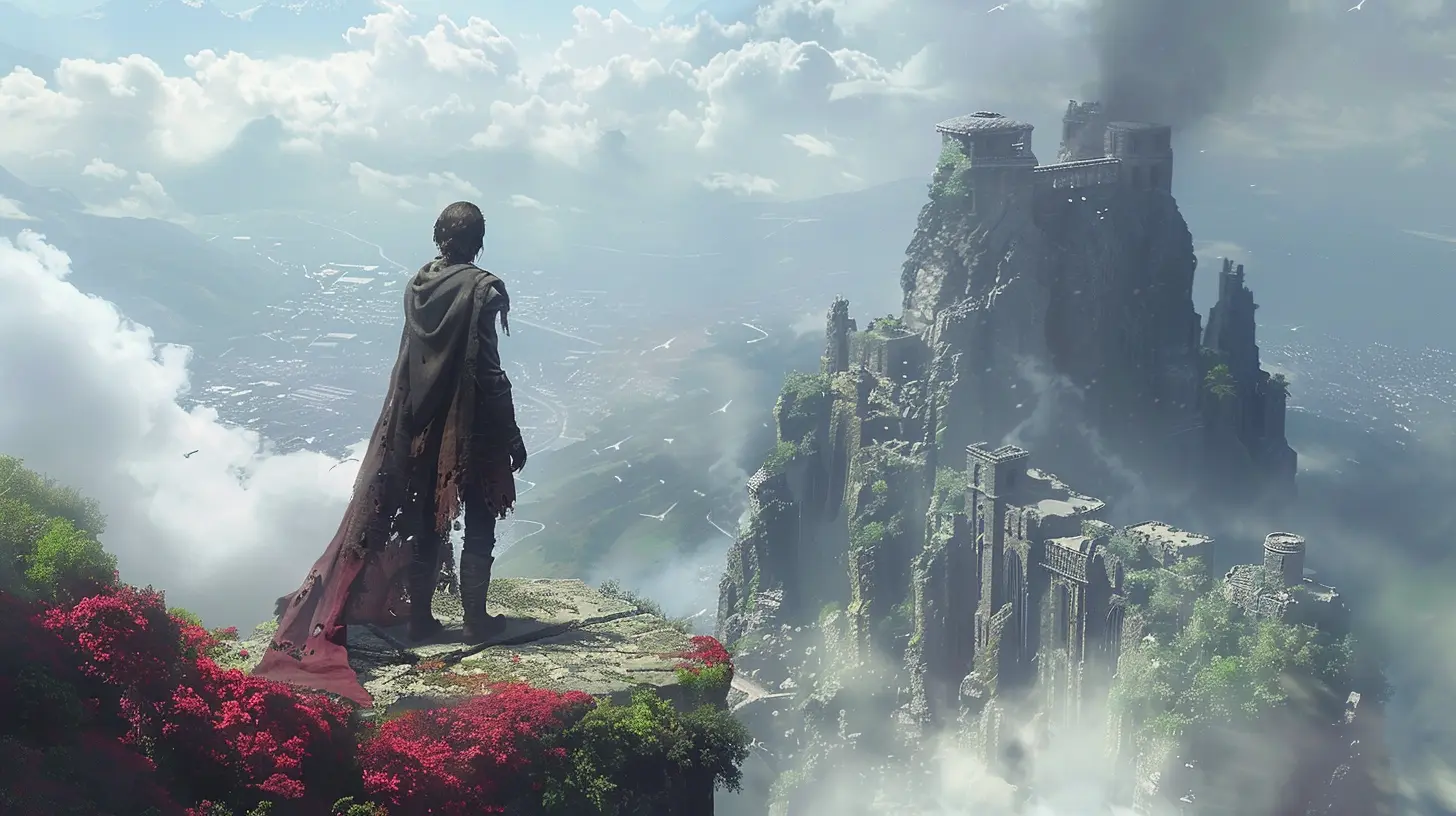
The Evolution of Character Creation: From Pixels to Perfection
First things first—let’s look back at where it all started. Back in the day (cue nostalgic sigh), character creation was, well, nonexistent. Gamers were handed pixelated sprites or pre-designed heroes without a hint of customization. Remember Mario? You didn’t get to pick his mustache style.Fast forward to the late '90s and early 2000s, and things started to get interesting. Games like The Sims and Elder Scrolls: Morrowind gave players a taste of creative freedom. Suddenly, you weren’t stuck playing Generic Warrior #37—you could shape your own story by designing who you wanted to be. But let’s be honest, those early systems weren’t exactly masterpieces. Sure, you could tweak a few basics like hair color or height, but try to adjust anything more detailed, and you’d end up with a character who looked like they just stepped out of a funhouse mirror.
Today, we live in a gaming golden age where character creation has become a true art form. Or has it? While the advances are undeniable, the question remains—are the options we’ve gained truly enough? Or are we just scratching the surface of what’s possible?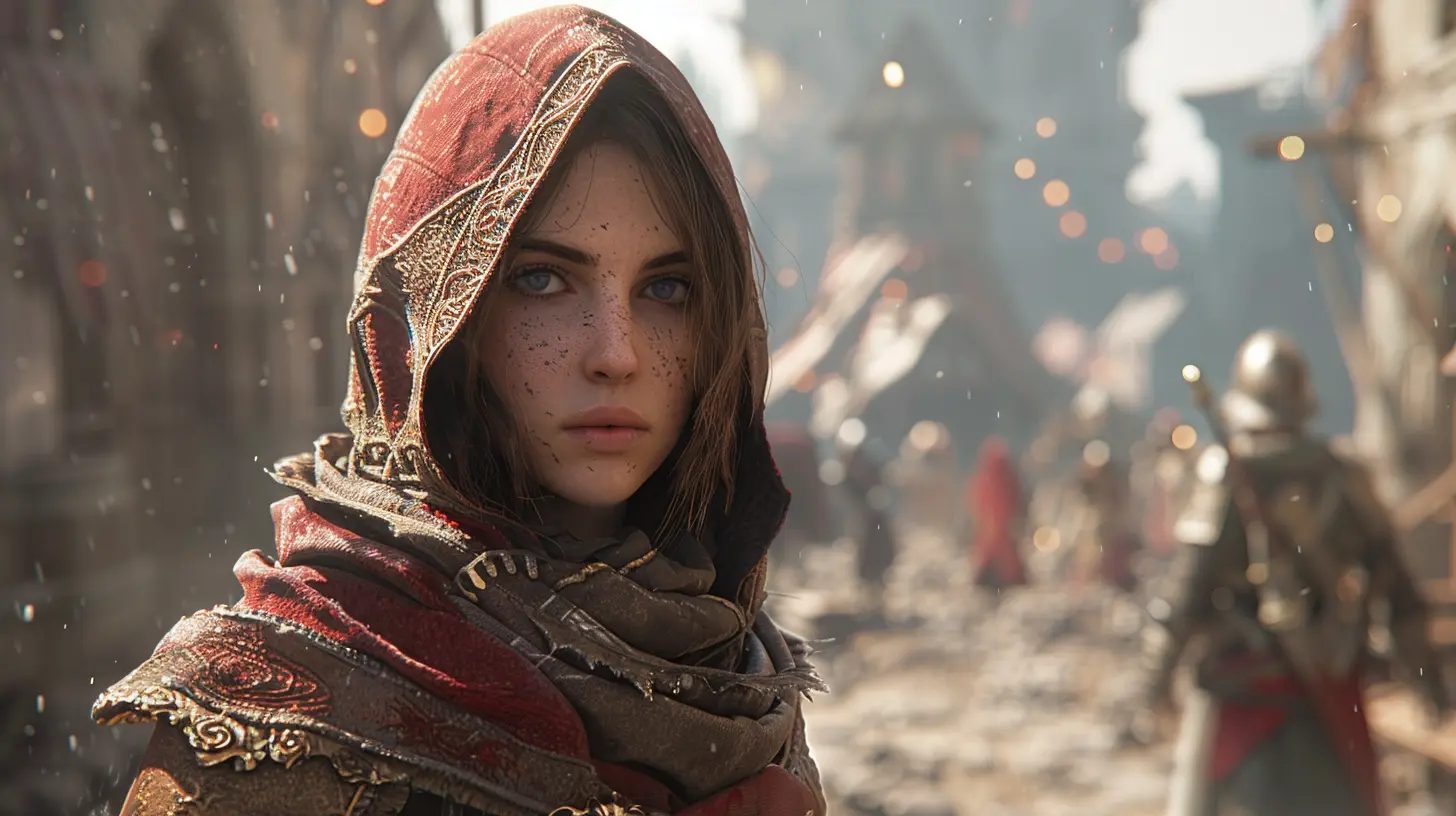
What Makes a Great Character Creation System?
Before we dive into the current state of character creation, let’s define what makes a system truly great. It’s easy to slap a few hairstyles and skin tones into a menu, but what separates the best from the rest? Here are the key elements:1. Diversity
Let’s face it—representation matters. A good character creation system gives players the tools to create avatars that reflect their identity, background, and culture. That means offering more than just three skin tones or a handful of hairstyles. Whether you’re crafting a Viking warrior or a space-faring explorer, you should feel like all players, regardless of ethnicity or gender, can see themselves in the game.2. Customization Depth
How deep can you go? The best systems offer sliders for everything—jawline width, eye spacing, body proportions, scars, tattoos, you name it. Bonus points if the game lets you adjust asymmetry because, guess what, real people aren’t perfectly symmetrical!3. Creative Freedom
Sometimes, the most fun comes from making something totally wild. Think vibrant pink skin, glowing eyes, or gravity-defying hairstyles. Games like Cyberpunk 2077 and Dragon Age cater to these whims, letting you push boundaries and create something truly unique.4. Ease of Use
Sophistication means nothing if the user interface is clunky. Players should feel empowered, not overwhelmed, when tweaking their character. Good design is clean, intuitive, and allows for creativity without frustration.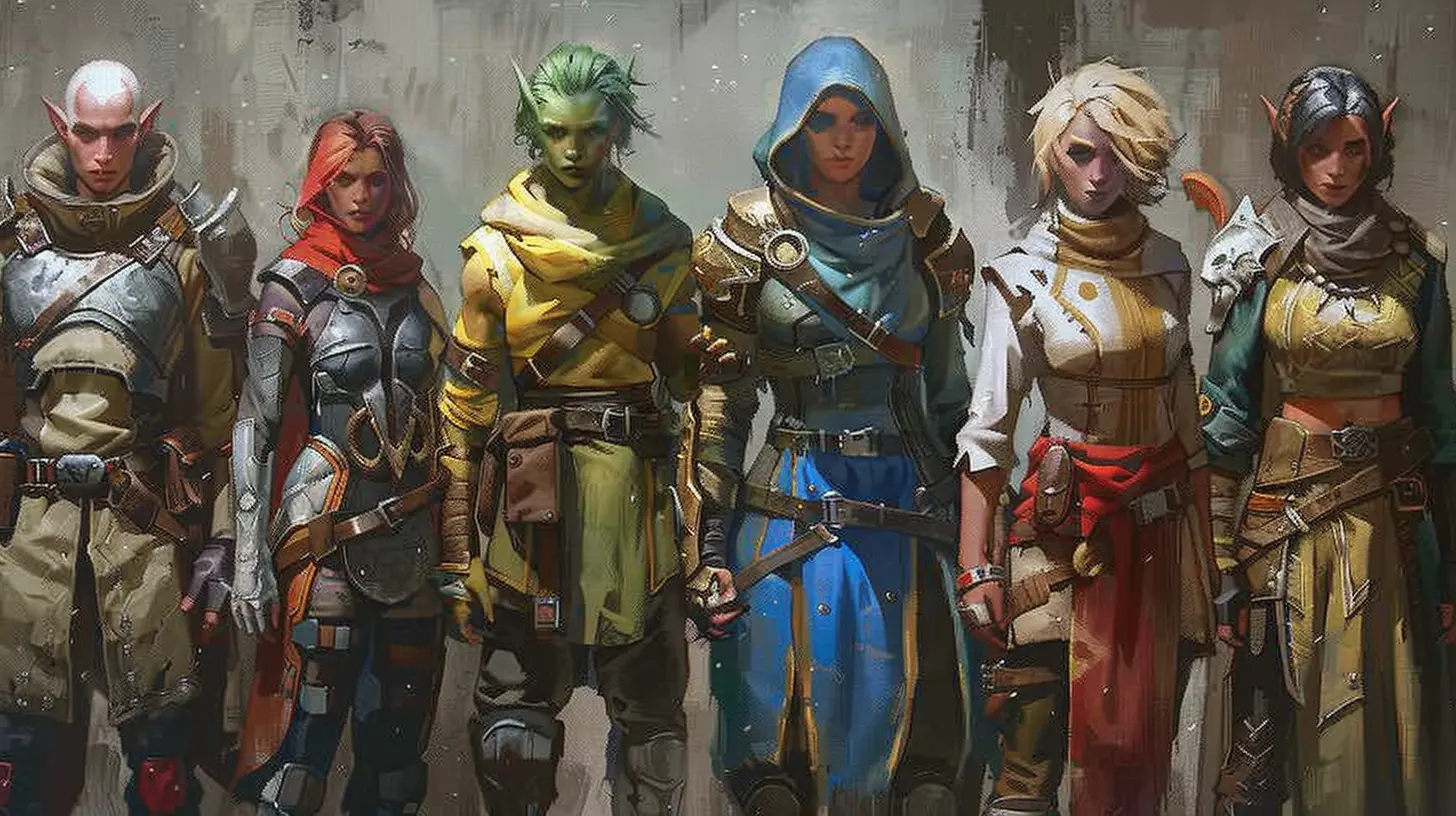
Where Some Games Shine (And Others Fail)
Now that we know the ingredients of a great character creation system, let’s talk about how modern games stack up. Spoiler alert: it’s a mixed bag.The High Achievers
Some games absolutely nail it. Take The Sims 4, for example. The level of detail in its Create-A-Sim mode is insane. Want to design a goth grandma with a nose piercing and pastel pink hair? Go for it. Another standout is Elden Ring. While its customization can lean into absurdity (who hasn’t made a character with glowing red eyes and a nose three times the size of their face?), the sheer depth and variety of options are impressive.Then there’s Black Desert Online, a game celebrated as the gold standard for character creation. Here, you can fine-tune every pore, every strand of hair, and every muscle in a way that borders on obsessive. Sure, it’s time-consuming, but boy, does your character look stunning when you’re done.
The Letdowns
On the flip side, some games still lag behind. Take Pokémon Sword and Shield—while the game gives you a handful of customization options, they feel painfully limited compared to other RPGs. Want purple hair? Too bad. Another offender is Mass Effect: Legendary Edition. While it improved on the original trilogy’s options, the system still feels outdated compared to modern standards.And then there are games that simply don’t bother. I’m looking at you, Dark Souls series. Sure, you can “customize” your appearance, but let’s be real—once your character gets covered in armor, it doesn’t even matter.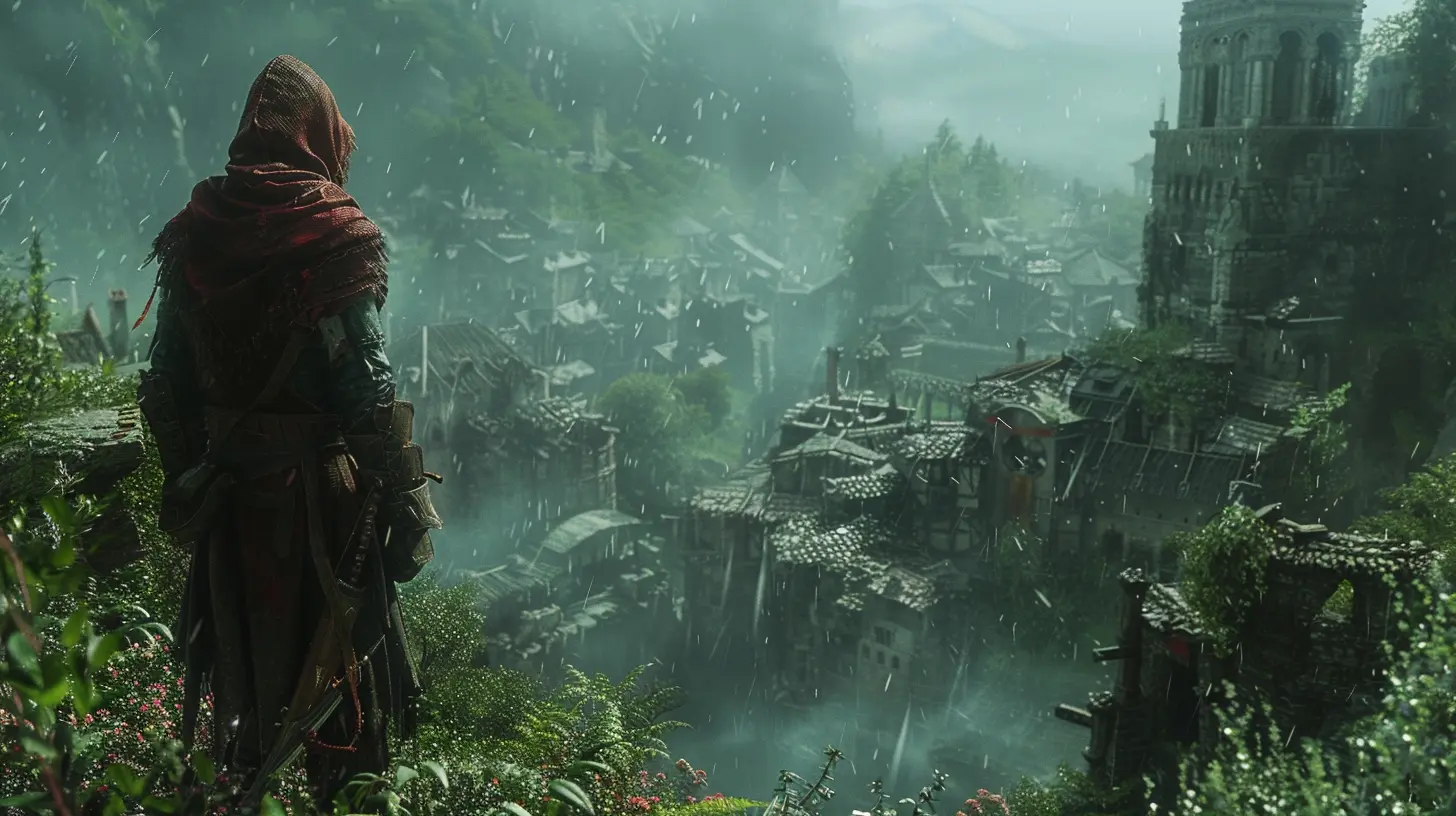
The Inclusion Aspect: Are We There Yet?
Let’s talk representation for a second, because it’s a big deal. Unfortunately, many games still fall short when it comes to inclusive character creation. While progress has been made, there’s a long way to go. For example, many games struggle to include diverse hairstyles or properly represent non-binary or gender-neutral options.In 2023, games like Hogwarts Legacy have made strides by allowing players to select voice types and body types independently of gender, offering a more inclusive experience. But even with these advancements, it’s clear there’s still room for improvement. Developers need to push harder to ensure that everyone, no matter their background, feels seen and valued.
What’s Missing? The Wish List for the Future
So, what do players really want from character creation systems? Here’s a wishlist that many of us are dreaming of:1. Full Body Customization: The ability to adjust details like muscle tone, weight distribution, and even posture.
2. More Hair Textures: Curly, coiled, wavy, braided—let’s get some variety that actually feels realistic.
3. Dynamic Aging: Imagine being able to age your character dynamically throughout the game. Wrinkles, gray hair, and all.
4. Better Representation of Disabilities: Wheelchairs, prosthetics, scars—these options matter.
5. More Personality-Based Customization: What if your character’s personality traits or skills affected their physical appearance? For example, a scholar might have ink-stained fingers, while an adventurer might have calloused hands.
Why It All Matters
At first glance, character creation might seem like a small piece of the overall gaming experience. After all, you’re here for the story, the combat, or the exploration, right? But here’s the thing: character creation is personal. It’s the player’s first step into a new world—a way of saying, “This is who I am here.”When developers invest in robust, inclusive, and creative character creation systems, they’re telling players, “Your story matters. Your identity matters. You matter.” And honestly, that’s pretty powerful.
Final Thoughts
So, are there enough options in modern character creation? The answer is complicated. While gaming has come a long way, the journey is far from over. Some titles set the bar sky-high, offering unparalleled depth and creativity, while others feel stuck in the past. And as players, it’s okay to keep expecting more. After all, gaming is about pushing boundaries—so why should character creation be any different?The next time you’re tweaking your character’s jawline for the 47th time at 3 a.m., take a moment to appreciate the strides we’ve made. But also, don’t be afraid to ask for more. Because in a world of infinite possibilities, shouldn’t our avatars reflect that too?

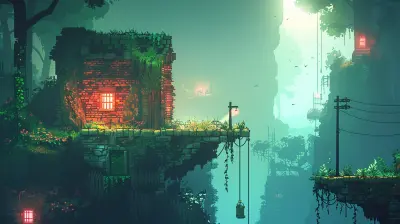
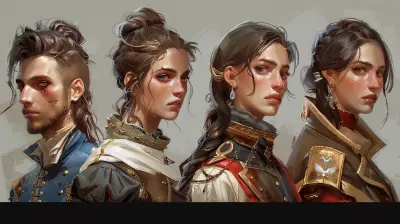

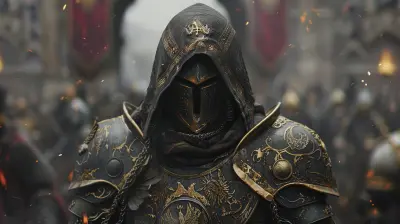
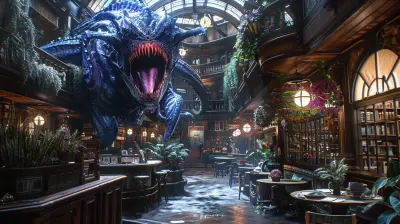

Mia Pratt
The character creation process is crucial for immersion, but many games fall short. While a variety of options is great, depth and meaning behind choices are equally important. Developers should aim for both quantity and quality to enhance player experience.
January 31, 2025 at 3:43 AM